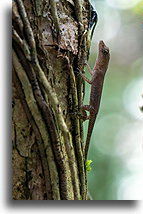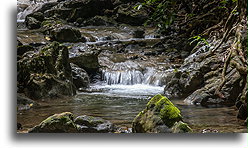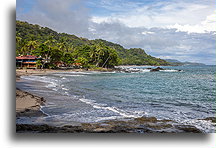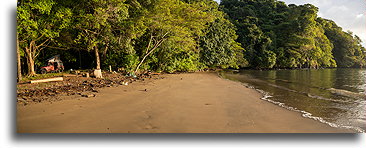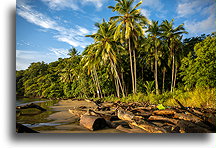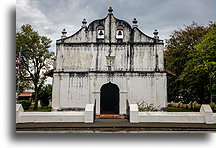
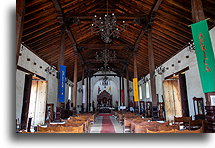
It was here, on the Nicoya Peninsula, where in 1522 the Spanish conquistador Gil González de Ávila encountered the largest concentration of Native Americans. The local population did not put any resistance and was quickly baptized. De Ávila was able to get a significant amount of gold from them, which he took back to Panama and Hispaniola. This is how the colonization of Costa Rica began. As usual, colonization begins with the introduction of a new religion and construction of churches. The first temple was built in today's Nicoya city in 1522-1544. The building standing today has a traditional white color and small bells in the façade.
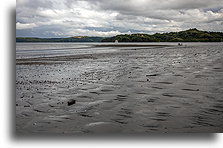
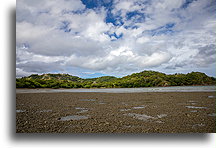
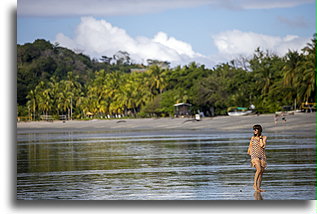
Pacific beaches in Costa Rica cannot compete with the Caribbean. The reason is undoubtedly in the volcanic origin of gray, dirty-looking, heavy and sticky sand here, as opposed to the white, light and delicate sand made of coral skeletons. Some beaches are wide and long, but lack the charm that can be found on the shores of so many tropical islands.
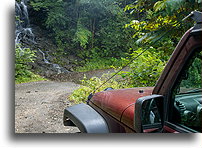
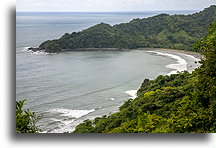
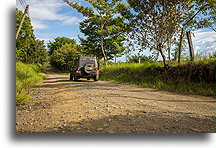
The Nicoya Peninsula is best seen when driving along the coast by car. However, be prepared to travel slowly along the dirt roads that dominate in this the region. You may even need to cross the river in several places as there are no bridges. We ourselves traveled like that. Unfortunately, we found nothing lovely along the long ocean coast.
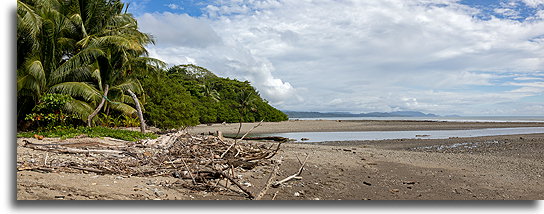
There are plenty of coconut trees along the coast. If you end up walking outside the resort, watch out for mature fruits falling to the ground. Statistics say that there is a greater chance of death from a falling coconut than from a shark attack. Someone has calculated that falling coconuts can hit a person under a tree with a force of almost 2,000 pounds / 900 kilograms.
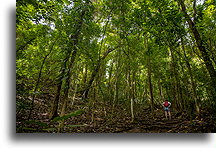
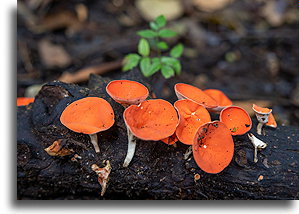
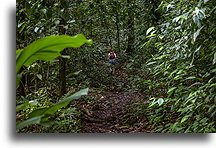
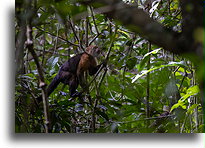
To see the nature head to Reserva Natural Cabo Blanco on southern tip of peninsula. We wandered in the dense woods for several hours. However, we did not manage to encounter many animals, but surprisingly we saw a white-tailed deer passing by. Sounds weird, a deer in a moist tropical forest? It was an opportunity to learn that this is its natural habitat.
